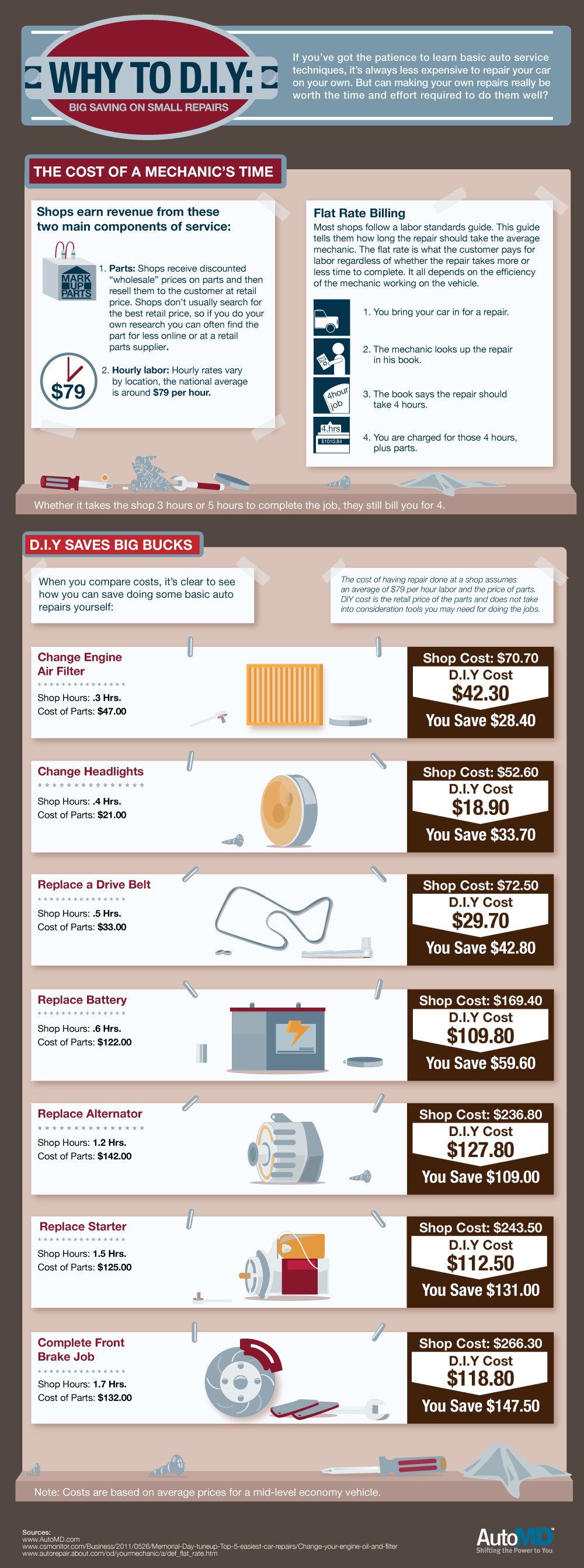Realizing The Significance Of Your Car'S Warning Signals: What They Really Stand For
Realizing The Significance Of Your Car'S Warning Signals: What They Really Stand For
Blog Article
Created By-Samuelsen Alvarado
When you're behind the wheel, those beautiful warning lights on your control panel can be a little bit complicated. Do you recognize what they're attempting to tell you regarding your automobile's health and wellness? Understanding Recommended Web-site of these lights is important for your safety and security and the long life of your vehicle. So, the following time one of those lights pops up, would not you want to decode its message accurately and take the needed actions to resolve it?
Common Warning Lighting and Interpretations
Recognize usual caution lights in your cars and truck and recognize their significances to make certain risk-free driving.
One of the most normal caution lights include the check engine light, which indicates issues with the engine or exhausts system. If onyxcardetailingproductnz begins, it's critical to have your automobile inspected promptly.
The oil pressure warning light shows low oil pressure, calling for immediate attention to prevent engine damage.
A blinking battery light may suggest a faulty billing system, potentially leaving you stranded if not attended to.
The tire stress monitoring system (TPMS) light signals you to low tire pressure, influencing lorry security and fuel performance. Ignoring this might cause hazardous driving conditions.
The abdominal muscle light suggests a trouble with the anti-lock braking system, endangering your capability to stop promptly in emergency situations.
Finally, the coolant temperature cautioning light warns of engine overheating, which can lead to extreme damage otherwise settled swiftly.
Recognizing these common warning lights will help you deal with issues quickly and preserve risk-free driving problems.
Significance of Prompt Attention
Recognizing the common warning lights in your vehicle is only the initial step; the relevance of quickly dealing with these warnings can not be stressed enough to guarantee your security when traveling.
When a caution light illuminates on your control panel, it's your car's method of communicating a possible issue that needs attention. Ignoring these cautions can bring about a lot more extreme problems down the road, endangering your safety and security and potentially costing you a lot more out of commission.
Motivate attention to advising lights can protect against malfunctions and accidents. For instance, a flashing check engine light might suggest a misfire that, if left neglected, might create damage to the catalytic converter. Addressing this quickly can save you from a pricey fixing.
Similarly, a brake system warning light might signal reduced brake fluid or worn brake pads, critical components for your security when driving.
DIY Troubleshooting Tips
If you discover a caution light on your dashboard, there are a few do it yourself troubleshooting tips you can attempt prior to seeking expert assistance.
The very first step is to consult your car's guidebook to understand what the certain warning light shows. Occasionally the concern can be as simple as a loosened gas cap causing the check engine light. Tightening Learn Additional might settle the problem.
An additional typical problem is a low battery, which can cause numerous cautioning lights. Inspecting the battery connections for corrosion and guaranteeing they're protected could repair the problem.
If a caution light lingers, you can try resetting it by disconnecting the cars and truck's battery for a couple of mins and then reconnecting it. In addition, examining your car's fluid levels, such as oil, coolant, and brake liquid, can help troubleshoot cautioning lights related to these systems.
Verdict
To conclude, comprehending your automobile's warning lights is essential for maintaining your car running smoothly and securely. By immediately attending to these informs and recognizing what they indicate, you can prevent pricey repair work and prospective breakdowns.
Remember to consult your vehicle's handbook for particular details on each advising light and take action as necessary to ensure a trouble-free driving experience.
Keep notified, remain secure when driving!
